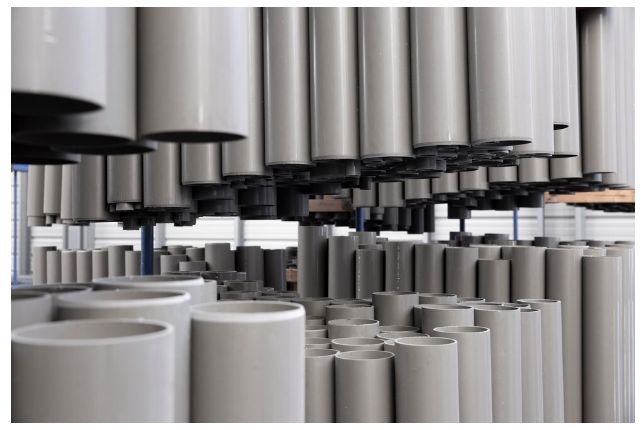PreparingPreparing for a Wedding Photography Session: A Comprehensive Guide
Weddings are once-in-a-lifetime events, filled with love, laughter, and countless precious moments. As a wedding photographer (bryllups fotograf), it’s essential to be thoroughly prepared to capture these fleeting memories. Here’s a comprehensive guide on preparing for a wedding photography session, ensuring you’re ready to capture every significant moment of the couple’s special day.
Understanding the Couple’s Vision
- Initial Consultation: Meet with the couple well before the wedding day. Discuss their expectations, preferences, and special requests. Understanding their style – whether it’s candid, traditional, or artistic – helps tailor your approach.
- Wedding Day Timeline: Review the schedule of the day. Knowing the timing for key events (ceremony, reception, toasts) helps in planning your shots and positioning.
- Shot List: Work with the couple to create a list of ‘must-have’ shots. This typically includes key moments like the exchange of vows, the first kiss, the first dance, and family group photos.
Technical Preparation
- Gear Check: Ensure all your equipment is in good working order. This includes cameras, lenses, flash units, batteries, and memory cards (book bryllupsfotografer). Always have backups.
- Lighting Considerations: Weddings can have varied lighting conditions. Be prepared with external flashes, reflectors, and understand the lighting at the venue.
- Scout the Location: Visit the venue beforehand to identify the best spots for photos. Look for areas with nice backgrounds and good lighting.
On the Day
- Arrive Early: Being early gives you extra time to set up and capture pre-ceremony moments, like the bride and groom getting ready.
- Dress Appropriately: Dress in a way that allows you to blend in with the guests, yet is comfortable enough for you to work.
- Stay Alert and Flexible: Weddings can be unpredictable. Be ready to adapt to last-minute changes and capture spontaneous moments.
Interacting with the Couple and Guests
- Communication: Maintain clear communication with the couple and the wedding coordinator throughout the day.
- Discretion: While getting your shots, be as unobtrusive as possible. Respect the ceremony and the guests’ experience.
- Directing Shots: When it’s time for posed photos, provide clear and friendly direction to the couple and the guests.
Post-Processing and Delivery
- Backup Your Work: Always backup your photos as soon as possible after the event.
- Editing: Approach editing with the couple’s style in mind. Maintain a consistent look and feel across all images.
- Timely Delivery: Discuss delivery expectations ahead of time. Provide a few ‘sneak peek’ images soon after the wedding, followed by the full set in the agreed timeframe.
Conclusion
Preparation is key in wedding photography. By understanding the couple’s vision, preparing your gear, being flexible on the day, and effectively managing post-processing, you can ensure a successful shoot. Your role as a wedding photographer is not just to take pictures, but to capture the essence of a once-in-a-lifetime love story. With thorough preparation, you can create a beautiful, lasting record of the couple’s special day.

